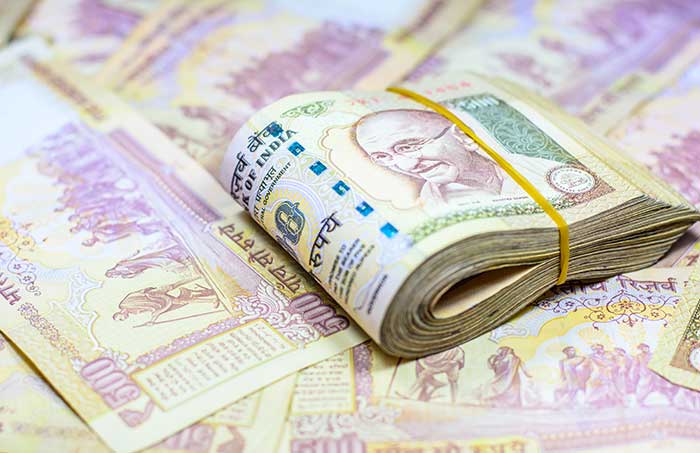web_indianrupees_shutterstock_372278458.jpg

The sudden and poorly executed withdrawal of some of India's most common bank notes has wreaked havoc on the country's economy, in turn pulling down growth for the whole Asia Pacific region, the ADB said.
In a supplement to its outlook report, issued earlier this week, the ADB downgraded its 2016 growth expectations for the region from 5.7% to 5.6%.
In South Asia, growth forecasts have been revised down to 6.6% from 6.9%, although is expected to bounce back next year.
In India, growth expectations are down to 7.0% from 7.4%. The ADB said this was because of weak investment, a slowdown in the farming sector and the lack of available cash caused by the controversial currency change. However, this effects of this turbulence are expected to be temporary, and growth in India is forecast to reach 7.8% next year.
Commenting on the region-wide economic outlook, Juzhong Zhuang, deputy chief economist at the ADB, said: “Asian economies continue their robust expansion in the face of global economic uncertainties.
“Structural reforms to boost productivity, improve [the] investment climate, and support domestic demand can help maintain growth momentum into the future.”
In terms of other sub-regions, the ADB maintains its forecast for East Asia, with growth expected to hit 5.8% this year, before moderating slightly to 5.6% next year.
In Southeast Asia, growth forecasts remain unchanged at 4.5% this year and 4.6% in 2017. Malaysia and the Philippines should expect stronger growth due to a surge in domestic consumption and public and private investment.
In Central Asia, the growth outlook was maintained at 1.5% this year and 2.6% next year, caused largely by the ongoing recession in the Russian Federation and the effect of lower oil prices.
In the Pacific, growth is expected to hit 2.7% in 2016 and improve to 3.3% in 2017. Growth has been weighed down by the fiscal contraction in Papua New Guinea, which is the Pacific’s largest economy, as well as recovery from recent cyclones.













